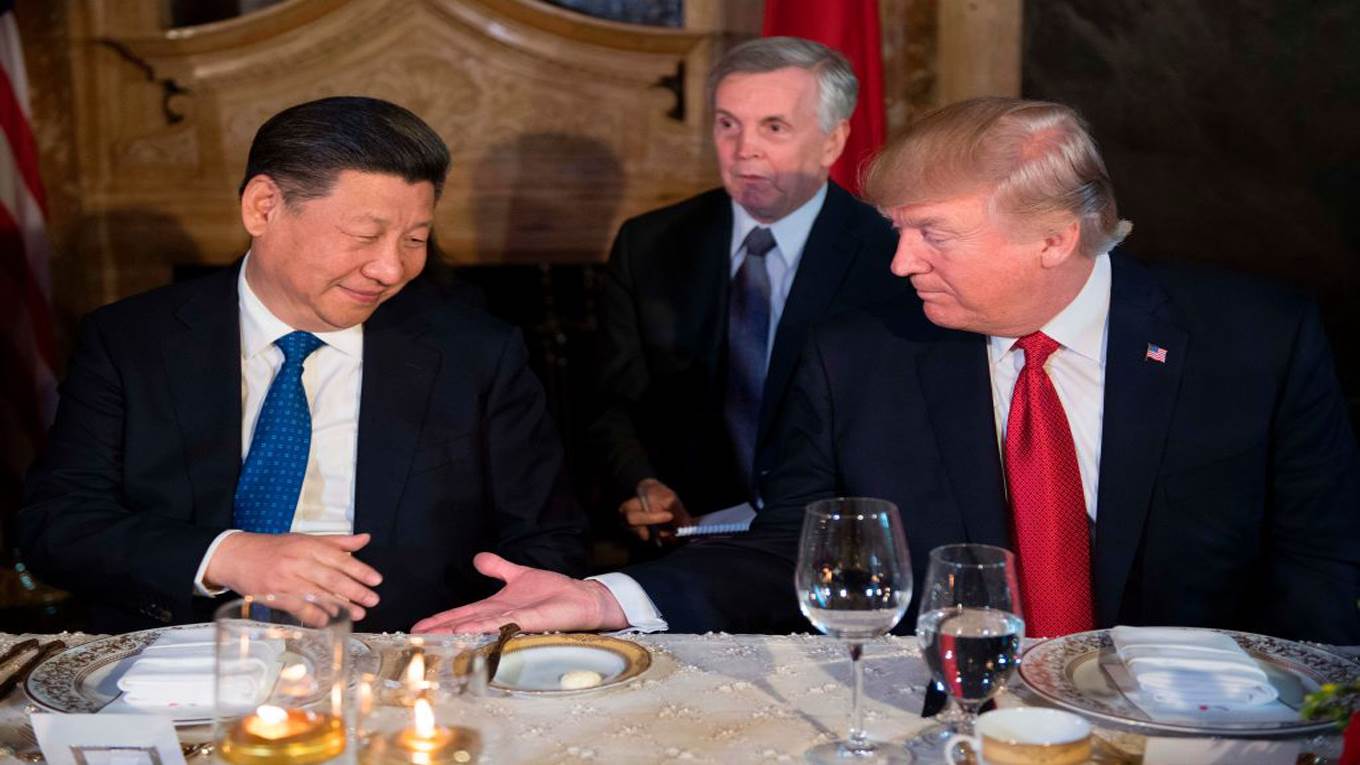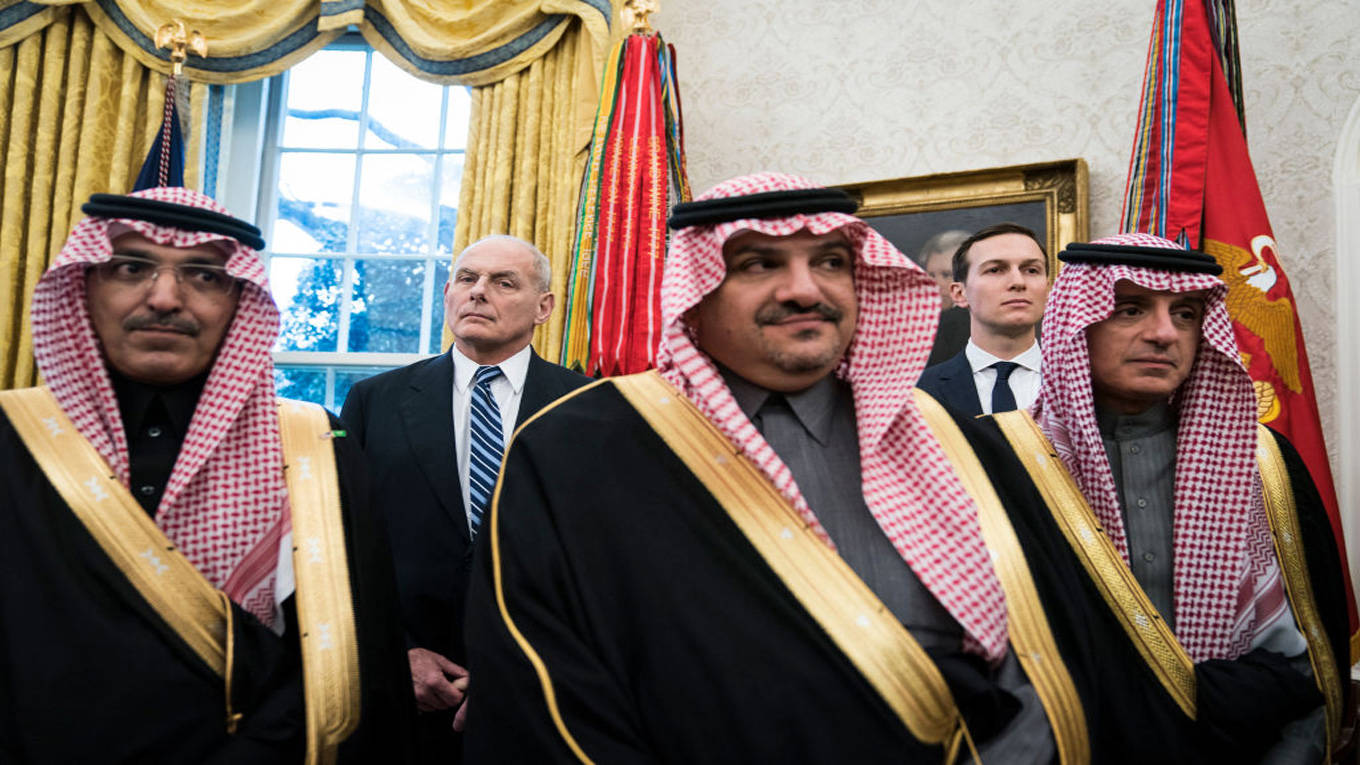ANATOLE KALETSKY
 Donald Trump's negotiating style – “shout loudly and carry a white flag” – may seem incoherent and dishonest, but it has been spectacularly successful for him. And he's about to use it again with China.
Donald Trump's negotiating style – “shout loudly and carry a white flag” – may seem incoherent and dishonest, but it has been spectacularly successful for him. And he's about to use it again with China.
LONDON – The meeting between US President Donald Trump and China’s President Xi Jinping at the G20 summit in Buenos Aires this week is being viewed as a make-or-break moment for the world economy and financial markets. But even if no agreement is reached at the summit, there are at least four reasons to expect a de-escalation of the US-China tariff war.
 The first, paradoxically, is the recent shift in US rhetoric away from a focus on American jobs to the explicitly Sinophobic objectives of “containing” China and preventing it from developing into a technological power that could challenge US global hegemony. Now that Xi realizes he is engaged in a generational struggle against the containment of China, he simply cannot afford to lose this opening skirmish of Cold War 2.0.
The first, paradoxically, is the recent shift in US rhetoric away from a focus on American jobs to the explicitly Sinophobic objectives of “containing” China and preventing it from developing into a technological power that could challenge US global hegemony. Now that Xi realizes he is engaged in a generational struggle against the containment of China, he simply cannot afford to lose this opening skirmish of Cold War 2.0.
And Xi has plenty of policy tools available to ensure that the Chinese economy does not suffer any serious damage from US tariffs. To the extent that tariffs reduce China’s exports, the government and central bank can offset the economic impact by stimulating domestic demand.
The slowdown in Chinese economic growth this year has been due almost entirely to deliberate decisions to deleverage the banking system, cut local governments’ borrowing, reduce over-investment in infrastructure, and curb booming house prices by tightening monetary policy. All of these austerity policies can easily be softened or reversed.
Doubts about the Chinese government’s willingness to shift economic policy from tightening to stimulus have been dispelled in the past few weeks. Clear statements from policymakers, all the way up to Xi, have indicated that China will not permit any further weakening of the economy next year, even if that means accepting bigger budget deficits or easing up on bank deleveraging and monetary tightening.
Second, as Xi’s ability and willingness to protect China’s economy from any further slowdown becomes clear, Trump’s political calculation will change. If Trump wants a “big win” on Chinese trade to boast about ahead of the 2020 election, he will need to strike a deal with Xi fairly quickly. This is because the trade war’s next stage – when tariffs are increased from 10% to 25% and possibly extended to all Chinese imports – will prove more unpopular with US voters and do more damage to US economic prospects than the current phony war, which has consisted of more rhetoric than action.
The main risk to the US economy comes not from Chinese retaliation against farmers or US multinationals, which may or may not happen, but from the Keynesian tariff effect. Trump’s belief that US tariffs would act as a tax on Chinese exporters, while creating jobs in America, might have been valid at a time of recession and mass unemployment. But with the US economy now operating at full employment, there is no significant scope for domestic production to substitute for Chinese imports. This means that the cost of tariffs will fall mainly on US consumers and importers, pushing up US inflation and interest rates, rather than hitting Chinese economic activity and jobs.
Third, Trump’s previous geopolitical negotiations offer clear precedents for an early ceasefire. In all of his big diplomatic confrontations – over North Korea’s nuclear weapons, over the Mexican border wall, and over the revision of the North American Free Trade Agreement – Trump’s modus operandi has been to escalate aggressive rhetoric almost to the point of warfare and then suddenly negotiate a tactical retreat. The most recent and unexpected case was the easing of Iran sanctions to reverse the rise in oil prices above $80.
Trump’s negotiating style – “shout loudly and carry a white flag,” as I call it– may seem incoherent and dishonest, but it has been spectacularly successful for him, if not for America’s national interests. It has enabled him to galvanize hardcore nationalists by seeming to act more aggressively than any previous president to “Make America Great Again” while avoiding any genuine military or economic risks that could entail serious costs or sacrifices for American voters.
A deal at the G20 summit would be consistent with this pattern. But so would a breakdown in Buenos Aires, followed by a brief extension of anti-China tariffs and then, a few months or weeks later, another Trump-Xi summit and another “victorious retreat.” Think of the British in June 1940 seeing their retreat from Dunkirk as a great triumph.
Finally, the fact that Xi cannot afford to lose this early phase of the US-China conflict does not mean that Trump must be seen to lose it. A draw or ceasefire would be perfectly acceptable for China and would almost certainly satisfy Trump, judging by past experience. Trump could win personal kudos with a compromise that involved some concessions, both real and apparent, that Xi is willing to make – on the size of the trade imbalance, on intellectual property laws, on further market opening for US multinationals and financial institutions, and so on.
In fact, China has already agreed that it could meet roughly 40% of the 142 trade demands presented by the US earlier this year, and could negotiate a further 40%. It is the remaining 20%, involving technology and industrial subsidies, that are non-negotiable for China. Of course, this 20% covers most of the policies that militant Sinophobes denounce, because they could enable China to challenge US technological and military hegemony by the second half of this century.
But does Trump really care about what may happen after 2050? Assuming he cares more about what happens in 2020, when he must face American voters again, his confrontation with China will end before too long.
No comments:
Post a Comment